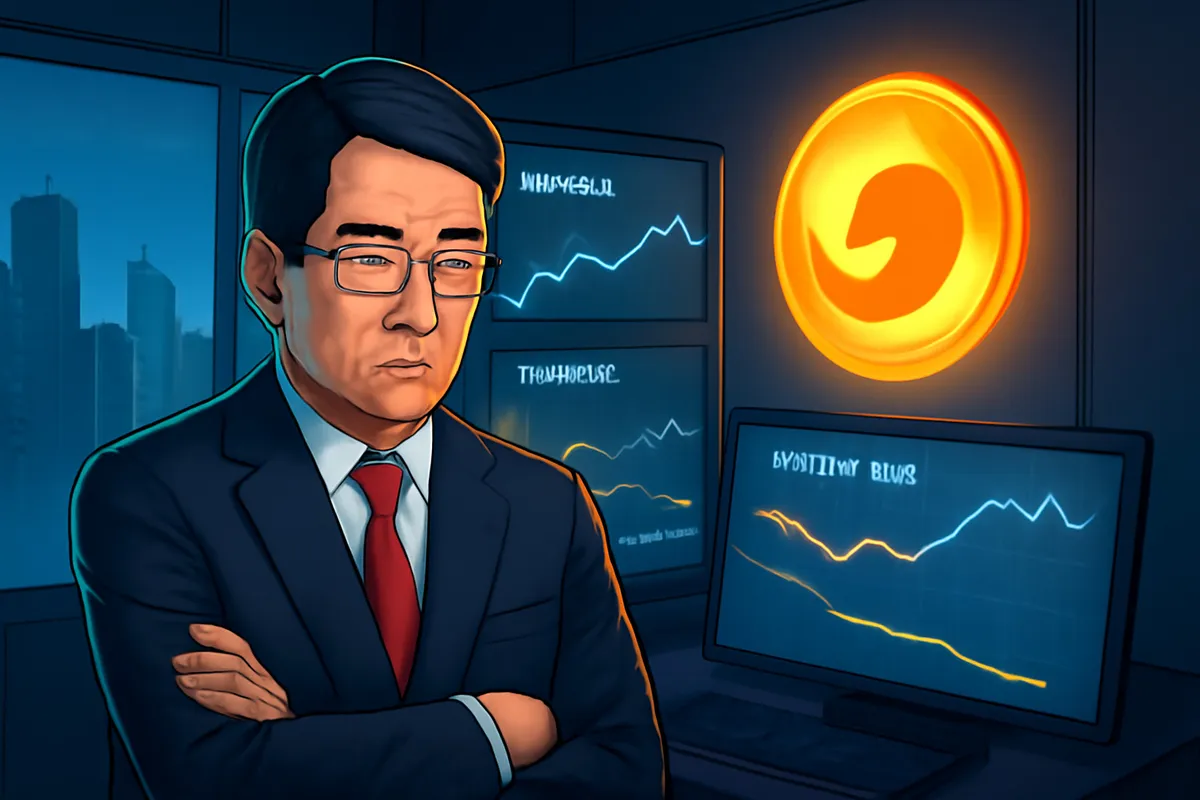
Bank of Korea Rate Cut Delay Adds Pressure to Crypto Market
As global investors await signals of monetary easing from major central banks, a new forecast from South Korea suggests that caution still prevails. According to Min Joo Kang, a senior economist at ING, the Bank of Korea (BOK) is likely to postpone its next interest rate cut until as late as October of this year.
The reason behind this expected delay does not stem from inflationary pressures, but rather from concerns about domestic market stability. Kang points out that the BOK is facing two difficult issues: a resurgence in real estate prices and a high level of household debt. In this situation, cutting rates too early could add fuel to the fire, potentially triggering a new housing bubble and increasing systemic financial risk. Therefore, the BOK is expected to act cautiously, placing its top priority on financial stability.
This analysis is further supported by South Korea's recent inflation data. The headline consumer price inflation rate for June was 2.2%, only slightly higher than the market forecast of 2.1%. More importantly, core inflation (which excludes volatile food and energy prices) has stabilized at the bank's 2.0% target for two consecutive months. This data indicates that underlying price pressures are under control, meaning the BOK is not under pressure to maintain high rates to fight inflation.
So, what does South Korea's move mean for the crypto market? Although this is a single country's decision, it contributes to a larger macroeconomic narrative: central banks worldwide, including the U.S. Fed, are acting very deliberately when it comes to easing policy. For the crypto market, which is highly sensitive to global liquidity conditions and risk sentiment, this is not welcome news.
A "higher for longer" interest rate environment on a broad scale reduces the appeal of risk-on assets like Bitcoin and altcoins. When deposit rates remain high, investors tend to be less adventurous. Therefore, the BOK's decision, while indirect, is another contributing factor that adds pressure to the digital asset market, which is awaiting clearer macro signals to begin its next growth cycle.